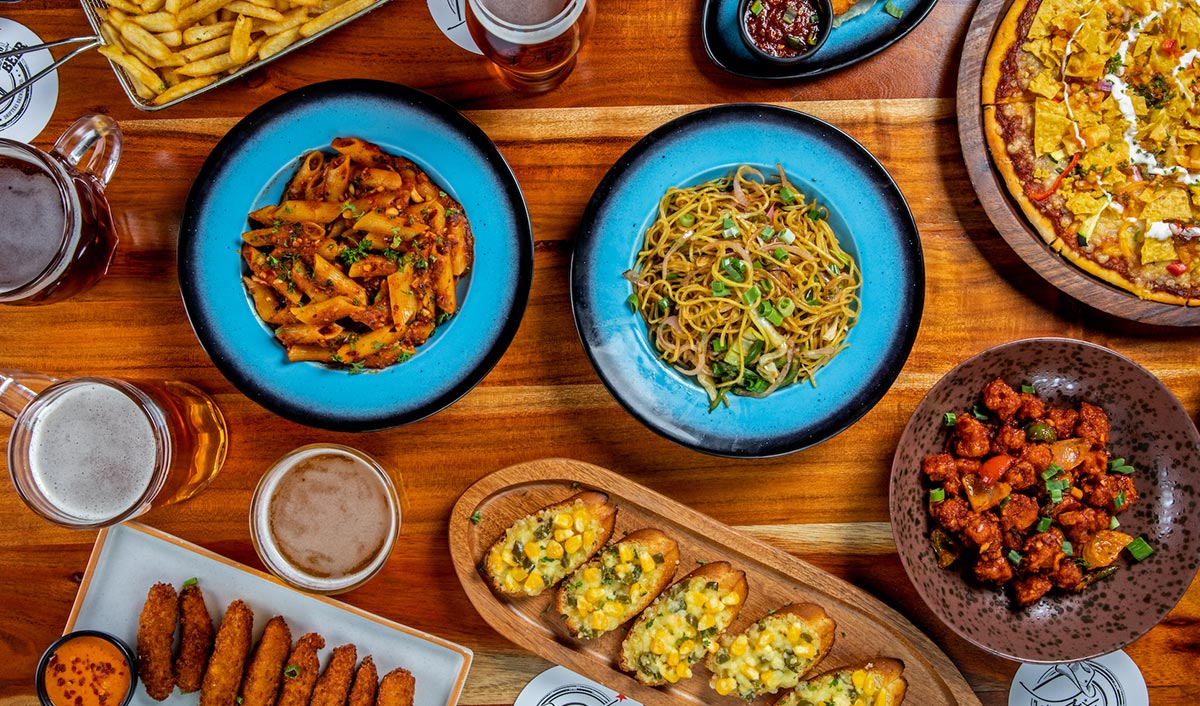
With the passage of time, the culinary requirements of people have morphed tremendously. With countless distinct, convenient, and comfortable dining outfits open and available for exploration today, consumers are getting swarmed with a vast surfeit of eating options from many eateries, QSRs, fine dine-ins, cafes to restaurants and pop up carts to food trucks and delis to bistros and diners, consumers rarely have any lack of choice.
Although, there have been considerable developments in the industry to make restaurants more discoverable and food easily accessible to the customers through apps, website and with restaurants themselves bringing new world cuisines and signature dishes to the customers, there has been no substantial innovation towards personalizing the menu and making more variety available in a single outlet.
PERSONALISATION: THE CHALLENGE
For a long time, menu engineering in the food industry has conventionally revolved around serving the typical customer need for ‘indulgent eating’, (where a customer decides to eat from outside only on certain occasions). Innovations in the food industry have majorly happened around this concept and the menu offerings have evolved mostly to fulfill the need of an indulgent dining experience.
The restaurants and dine-ins that serve an indulgent dining experience, heavily depend on the chef's ability and serves a specific cuisine or specialty, with a limited number of items, and offers a standardized menu. Bringing in large variety and personalisation in the menu, is neither scalable nor profitable for restaurateurs with their existing dine-in business models. Within the traditional, dine-in type of business models, the restaurant is already spending high on operational costs of site rental, more manpower, sourcing and at the same time working with an uncertain frequency of number of orders in a day. Such an unpredictable environment inhibits them from full scale cost optimisation and restricts introducing more variety in the menu or personalizing it further. Because if they did, such a food business will not be able to make any profits with the current costs that they are bearing in this case. Similarly, when these restaurants scale their menu, it remains standardardised.
THE CHANGE IS HERE
In today's world, customers who are looking for more than a one-time or occasional indulgent meal, are on the rise. With the cultural practice of home cooking gradually fading from the modern realm, today’s generation is more dependent on eating regularly from outside and the demand for daily food options with variety has sharply increased. Although this new customer need is undeniable, yet it remains largely unfulfilled by existing food providers because personalisation of the menu and producing daily large variety of menu simply does not fit into the business models that dine-ins and food aggregators currently employ. As a result, there are not many restaurants and eateries that can provide a daily, variety-driven, personalized menu that truly caters to customer’s taste and preferences.
Personalisation of the menu becomes highly possible when done outside the restrictions of a traditional food business model. Subscription models operate under a more predictive environment, where full scale optimization becomes a reality. In a typical vertically integrated system, there is better control over the entire chain. The frequency of orders are pre-defined, so are the eating habits; food choices of customers. Against the current business models of food providers, subscription model’s function on pre-planned approach that can set optimisation in motion at various aspects of the production, starting from direct bulk wholesale purchases of ingredients and raw materials, semi-automated daily bulk production at centralized kitchen, reduction in manpower cost and much more, ultimately reducing overhead cost to produce each meal. With determined variables in place, such business models can produce a daily diverse menu and customize menu offerings further to customer food choices without impacting business profitability.
EMERGENCE OF A NEW MARKET
The next frontier slated to set the industry on fire is the emergence of the Daily food subscription model. This new generation of millennials; are driving the food market and they will drive daily essential food for the future and neccesiate more innovation for personalisation of menus, that will also raise the demand of subscription models and variations of models like it.
Today, subscription services like Sprink are redefining the food space by resolving this problem with delivering home-cooked meals directly to the customers and bringing the much-wanted variety in food which they’ve always desired.
Copyright © 2009 - 2024 Restaurant India.







![Gurugram's Only Microbrewery at 32nd Milestone [Must-Visit]](https://restaurantindia.s3.ap-south-1.amazonaws.com/s3fs-public/content12654.jpg)

